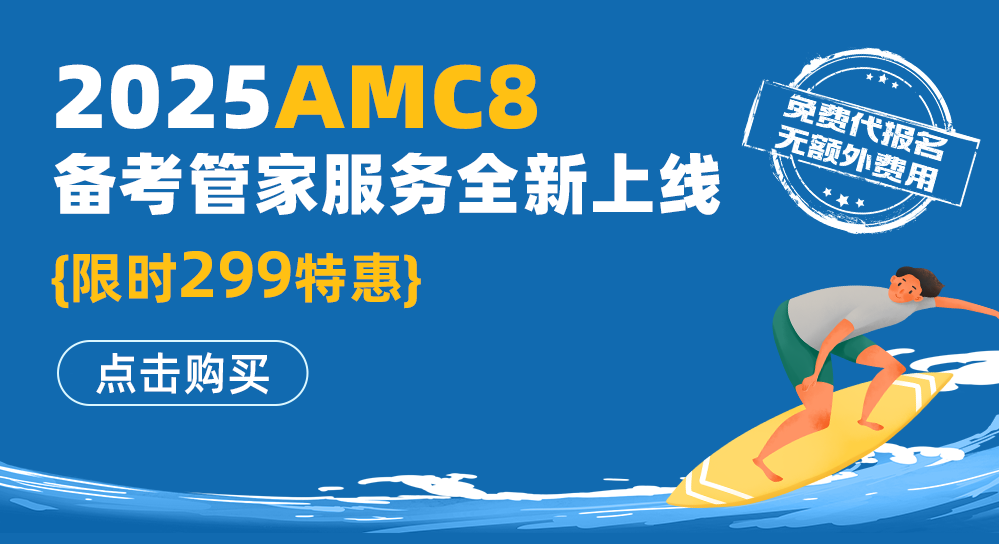- 翰林提供学术活动、国际课程、科研项目一站式留学背景提升服务!
- 400 888 0080
2015英特尔ISEF获奖作品摘要 材料科学 Intel Finalist Abstract Materials Science
获奖作品基本信息
| 年份 | 2015 |
| 学科 | 材料科学 Materials Science |
| 国家/州 | United State of America |
获奖作品名称
An Efficient Computational Model for Metal Nanowire Transparent Conductors
获奖作品摘要
Transparent conductors are a class of materials widely needed for technologies such as smart phones and solar panels. The current industry standard, Indium Tin Oxide, is expensive, brittle, and in short supply. In this research, an alternative transparent conductor based on random metal nanowire networks was investigated. The specific objective of this work was to develop a versatile and efficient computational model capable of calculating the conductivity of such networks. Because the properties of this type of network depend on many independent parameters, such a model is a valuable tool for researchers looking to optimize conductivity. This computational model was validated through comparison with published experimental data. A power law relation between normalized conductivity and normalized wire concentration was determined, with an exponent of 1.73. Furthermore, the computational model was used to identify a novel method through which conductivity of the networks can be optimized: nanowire orientation. It was found that with an appropriate orientation distribution, a significant increase in conductivity can be achieved. Such advances will enable wider adoption of metal nanowire transparent conductors in industry.
高中生科研学术活动 英特尔 Intel ISEF 简介
英特尔国际科学与工程大奖赛,简称 "ISEF",由美国 Society for Science and the Public(科学和公共服务协会)主办,英特尔公司冠名赞助,是全球规模最大、等级最高的中学生的科研科创赛事。ISEF 的学术活动学科包括了所有数学、自然科学、工程的全部领域和部分社会科学。ISEF 素有全球青少年科学学术活动的“世界杯”之美誉,旨在鼓励学生团队协作,开拓创新,长期专一深入地研究自己感兴趣的课题。
>>> 实用链接汇总 <<<
· 数学 · 物理 · 化学 · 生物 · 计算机 · 工程 ·
学科简介:材料科学 Materials Science
The study of the integration of various materials forms in systems, devices, and components that rely on their unique and specific properties. It involves their synthesis and processing in the form of nanoparticles, nanofibers, and nanolayered structures, to coatings and laminates, to bulk monolithic, single-/poly-crystalline, glassy, soft/hard solid, composite, and cellular structures. It also involves measurements of various properties and characterization of the structure across length scales, in addition to multi-scale modeling and computations for process-structure and structure-property correlations.
Subcategories:
Biomaterials (BIM): Studies involving any matter, surface, or construct that interacts with biological systems. Such materials are often used and/or adapted for a medical application, and thus comprise whole or part of a living structure or biomedical device which performs, augments, or replaces a natural function.
Ceramic and Glasses (CER): Studies involving materials composed of ceramic and glass – often defined as all solid materials except metals and their alloys that are made by the high-temperature processing of inorganic raw materials.
Composite Materials (CMP): Studies that integrate multiple materials such as ceramics, fiber, metals or polymers to create a superior and unique material.
Computation and Theory (COM): Studies that develop and apply theoretical methods and/or use computer modeling to design new materials, predict material behavior under differing environmental conditions, understand energy transfer, etc.
Electronic, Optical and Magnetic Materials (ELE): The study and development of materials used to form highly complex systems, such as integrated electronic circuits, optoelectronic devices, and magnetic and optical mass storage media. The various materials, with precisely controlled properties, perform numerous functions, including the acquisition, processing, transmission, storage, and display of information.
Nanomaterials (NAN): The study and development of nanoscale materials; materials with structural features (particle size or grain size, for example) of at least one dimension in the range 1-100 nm.
Polymers (POL): The study and development of polymers; materials that have a molecular structure consisting chiefly or entirely of a large number of similar units bonded together, e.g., many synthetic organic materials used as plastics and resins.
Other (OTH): Studies that cannot be assigned to one of the above subcategories. If the project involves multiple subcategories, the principal subcategory should be chosen instead of Other.
在线登记
最新发布
© 2024. All Rights Reserved. 沪ICP备2023009024号-1









